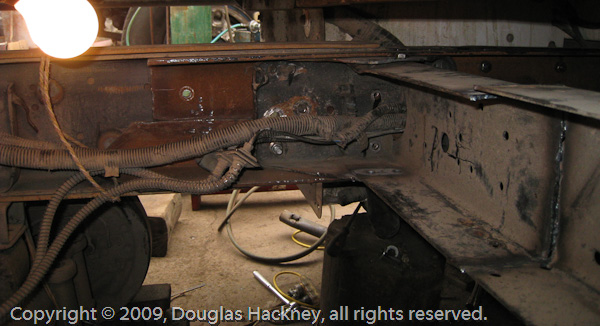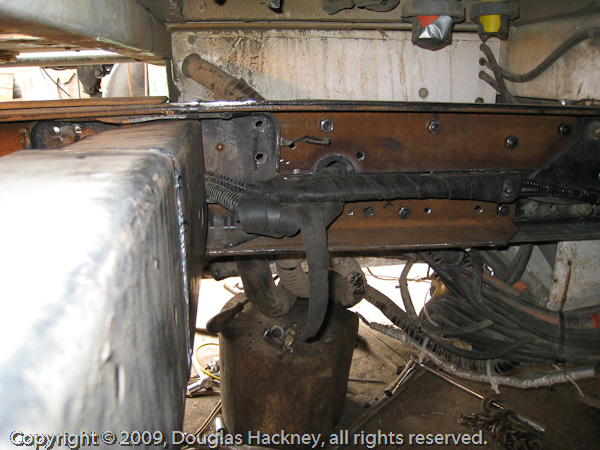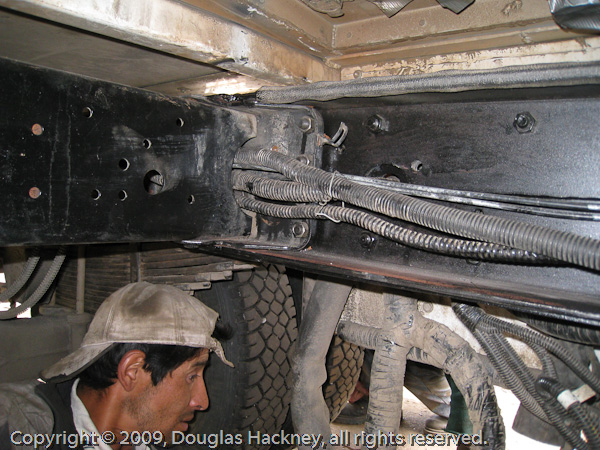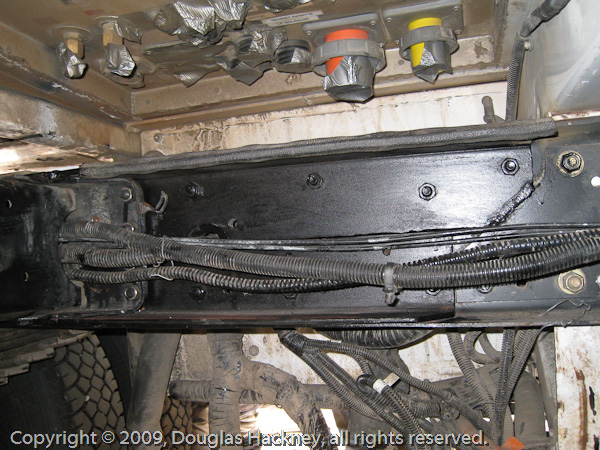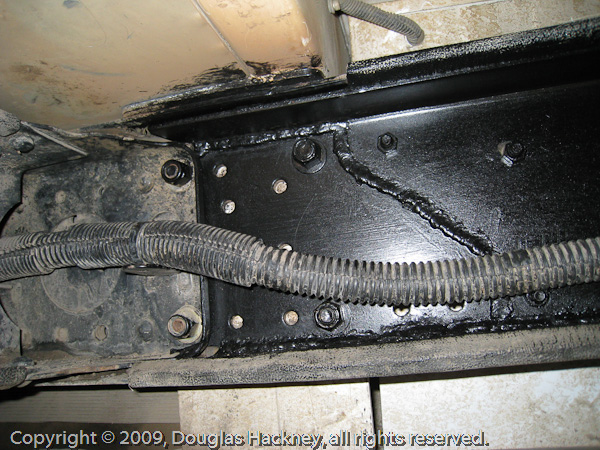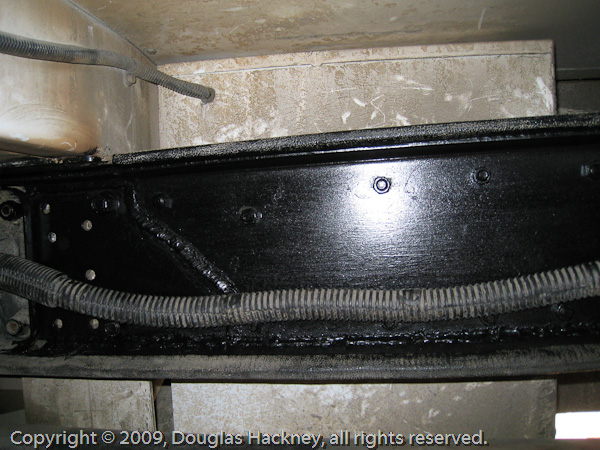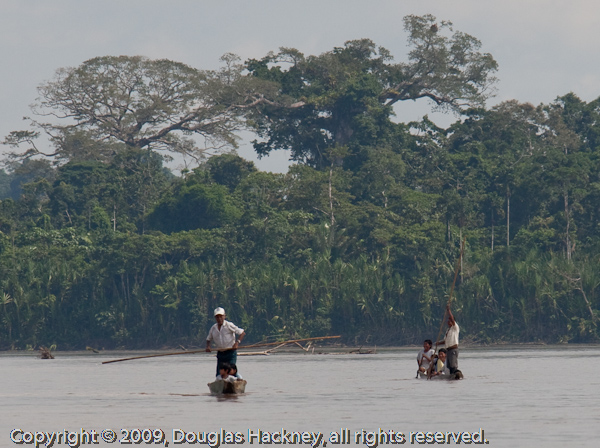especially as all of the trip to date has been on good roads.
Note that the definition of a good road in the developing world is one in which all the bridges are up.
We have spent the majority of this trip in SA on market town roads, and that is what our truck was built for. It is our only home, so we are not going to risk it down some unknown two-track or 4x4 road. We have the dirt bikes for that.
We did not build this rig to "go where no expedition camper has gone before," although I understand and respect that for some people, there is no sense in leaving home unless that is your goal.
Our goal is to explore the world. In this vehicle, that generally restricts us to market town roads where the market trucks and chicken busses run.
In general, the market town roads here are easy going by village to village road standards. And these roads in South America are freeways compared to roads we've ridden in Africa, the Himalayas and elsewhere.
But, having said that, we've definately had the Fuso on some roads that would pucker the cheeks of most people on this forum.
The dirty little secret of circumnavigating the world via sailboat is that you spend a LOT of time motor-sailing, that is, running the motor to augment the sails.
The dirty little secret of full time, living, overlanding is that you spend most of your time on market town or better roads. At the risk of shattering a huge number of people's illustions here, going around the world via overland vehicle is not 40,000 miles of the Rubicon trail. It is mostly primary roads and for those more adventurous, market town roads. This is one reason why you will search all the world's overlanding web sites in vain for actual route data. The fact is, people that are out here full time are almost always on primary roads. What you will find on the web sites are photos and stories about the extremes, but the norm is much more tame.
There's a big difference between a multi-week or even multi-month overland experience and living it full time. It's a completely different experience in all respects, including the roads.
If you want to know exactly where the Fuso has been in SA, all of our GPS tracks are on our travel site here:
http://www.hackneys.com/travel/index-GPS.htm
:smiley_drive:

